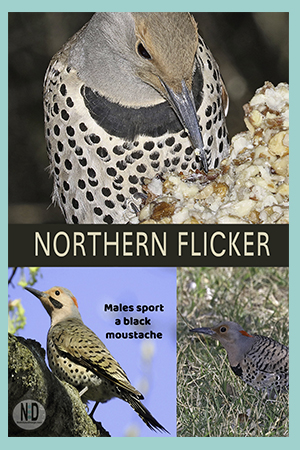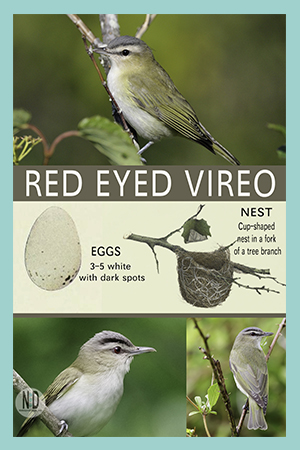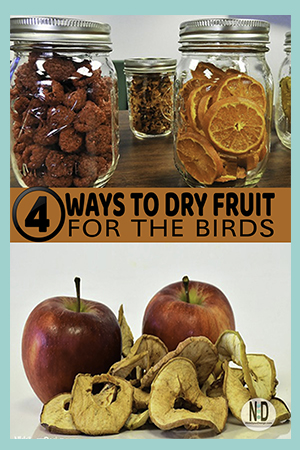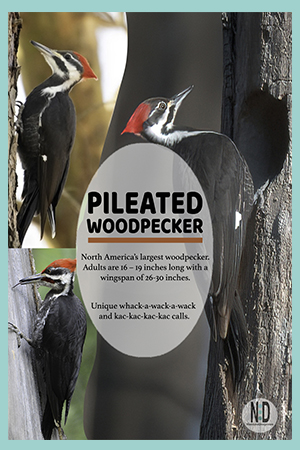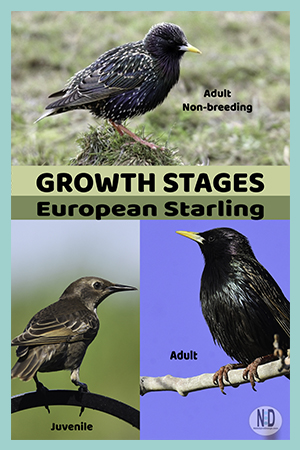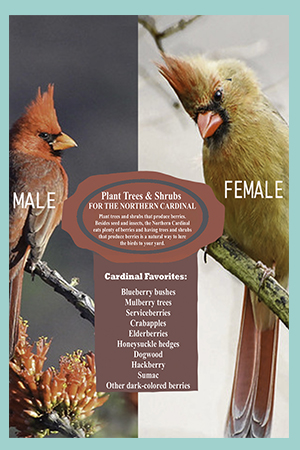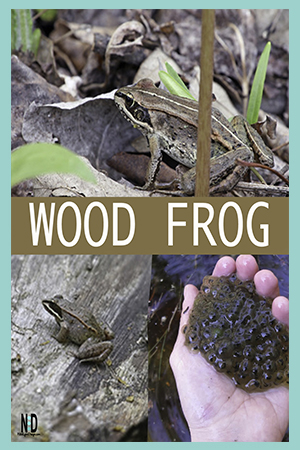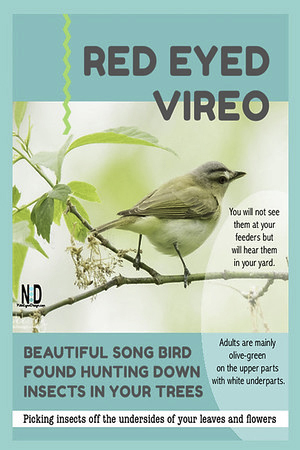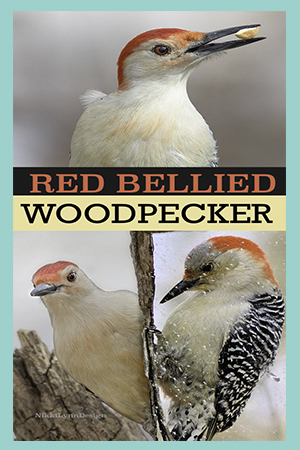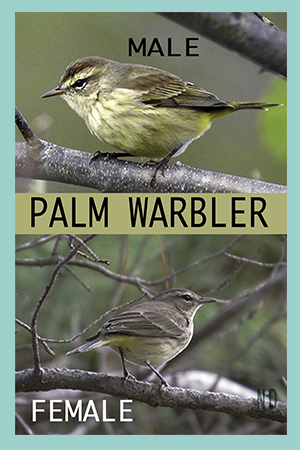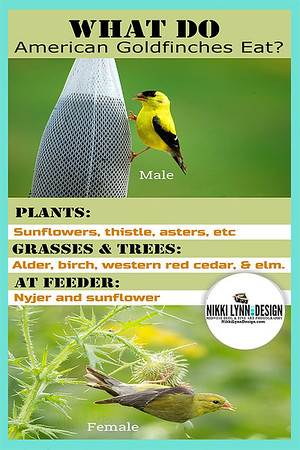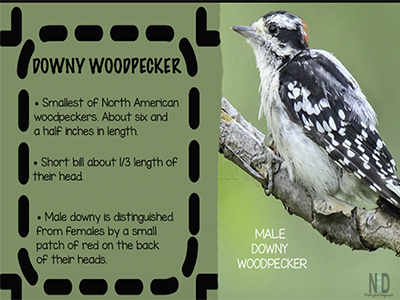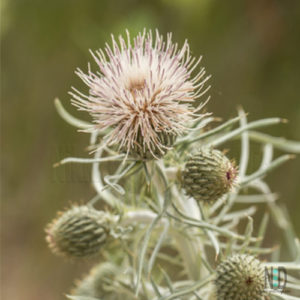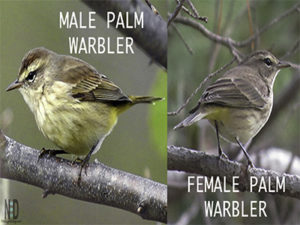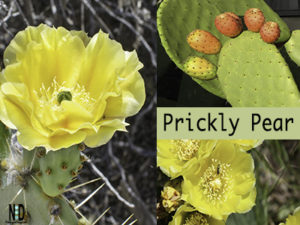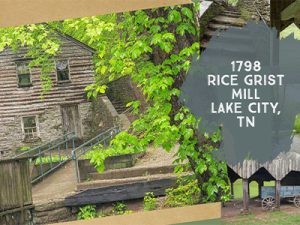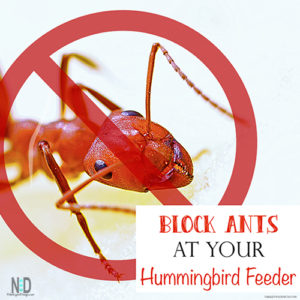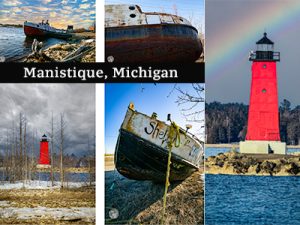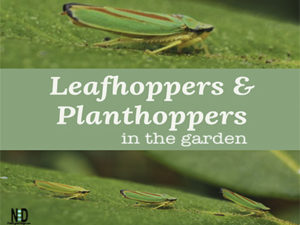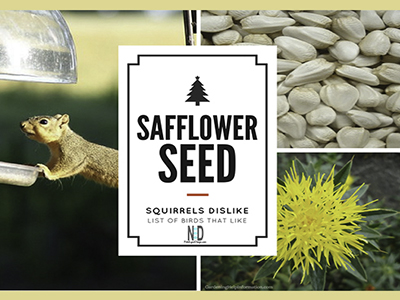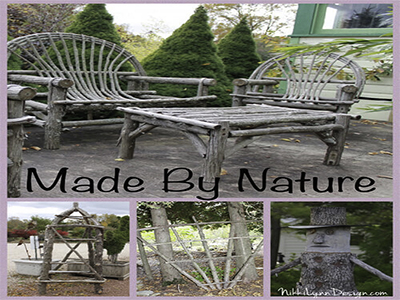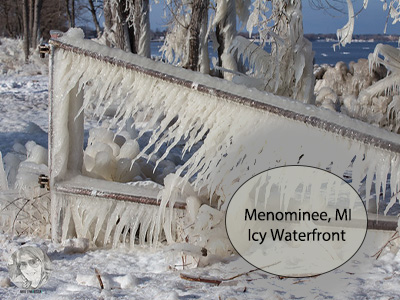Downy Woodpecker
The Downy woodpecker is the smallest of North America’s woodpeckers but there are many smaller species elsewhere, especially the piculets.
General Information
Woodpecker with mainly black on the upper parts & wings, with a white back, throat & belly and a white bar above the eye and one below.
| Name:: | Downy Woodpecker |
| Scientific Name:: | Dryobates pubescens |
| Family: | Picidae |
| Size: | 5 to 7 inches |
| Habitat: | Found in North America in woodland areas, gardens, parks & orchards |
| Diet: | Mainly insects and their larva (see list below) |
He is a familiar resident not only of the deep forests and smaller patches of outlying woodland, but of nearly every orchard and grove, even coming regularly into the parks and shaded streets of our towns and villages and frequently nesting in such places.
Male or Female?
Male and female downy woodpeckers look the same, except for a small red patch of coloring on the back of the male downy woodpeckers neck.

Diet
Like all woodpeckers, the downy has a powerful neck, bony skull, and long, slender extensible tongue. Barbs are on the tip of the tongue to help pull the largest item of their diet the larvae of wood-boring beetles and grubs from burrows in the trees.
The birds find decayed spots inhabited by wood-boring larvae or a colony of ants, his food consisting of ants, beetles, bugs, flies, caterpillars, spiders, and grasshoppers.
• Gypsy moth
• Wood-boring grubs
• Carpenter ants
• Gall wasps
Grasshoppers
• Beetles
• Caterpillars
• Seeds
• Berries of Poison Ivy & Sumac
• Suet
Downy Look-Alike
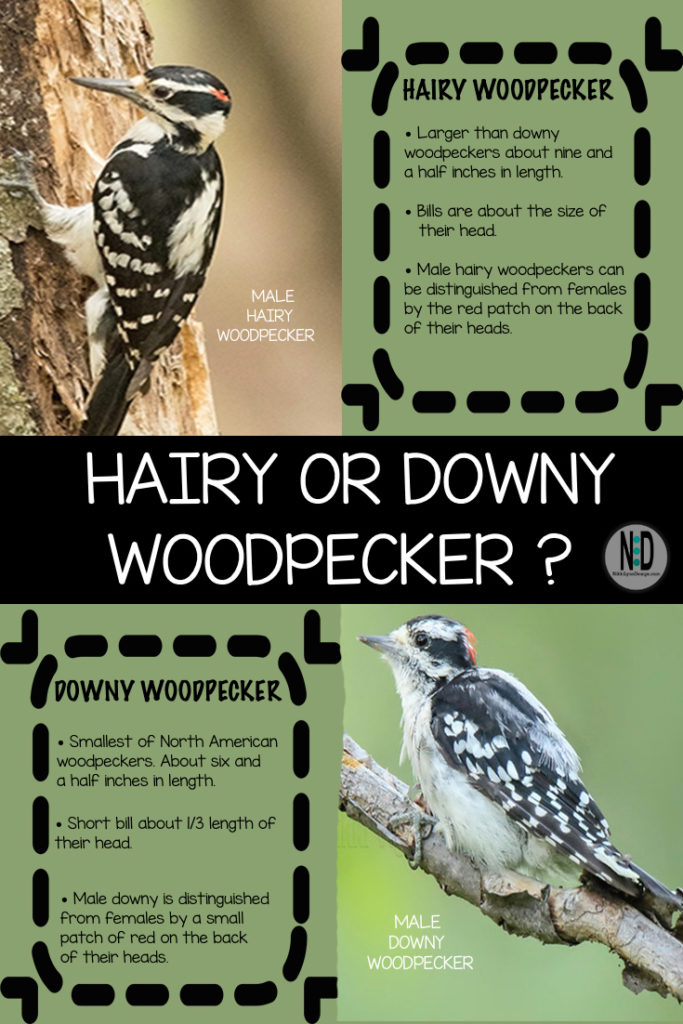
The downy woodpecker and hairy woodpeckers have nearly identical markings. The hairy can be distinguished from its small cousin by its larger size (2/3 ) and stouter bill, and black spots on its white tail feathers.
Pictures of Downy Woodpeckers
Attracting A Mate
In late winter males and females pair up, they attract one another by taking turns drumming on trees. Early in the spring, the ” Downies ” retire to the woods to make their nests, preferring the vicinity of running water.
Nesting Info
| Habitat: | Hole excavated in a dead branch, stub, or dying part of a living tree, where the wood is sufficiently decay |
| Nest Shape: | The chips and sawdust left after exca\ating act as a bed for their eggs. |
| Eggs: | 4-5 white eggs |
| Incubation: | 12-13 days |
| Fledging: | 20-25 days after hatching |
General Nesting Information
About the second or third week in May, nest building consumes the bird’s lives for two days to a week of building. A hole is excavated in the trunk of dead willow, poplar, or oak trees, and the height varies from four to thirty feet off the ground.
One bird goes in horizontally for a few inches, making a hole perfectly round and smooth and adapted to his size, then turns downward, gradually enlarging the hole. As he proceeds, he reaches a depth of ten, fifteen, and twenty inches, according to the softness of the tree and the urgency of the mother bird to deposit her eggs. While excavating, males and females work alternately. After one has been engaged fifteen or twenty minutes, drilling and carrying out chips, it ascends to an upper limb, and utters a loud call or two. ; When its mate soon appears, the pair chatter and caress a moment, then the fresh one enters the cavity, and the other flies away
Females lay 4 to 5 white eggs. The eggs rest on a bed of wood chips that line the nesting cavity. Both parents incubate the eggs for 12 to 13 days. The young stay in the nest for about 20 days while the adults feed the young by regurgitation for the first two weeks or longer. and then insects.
